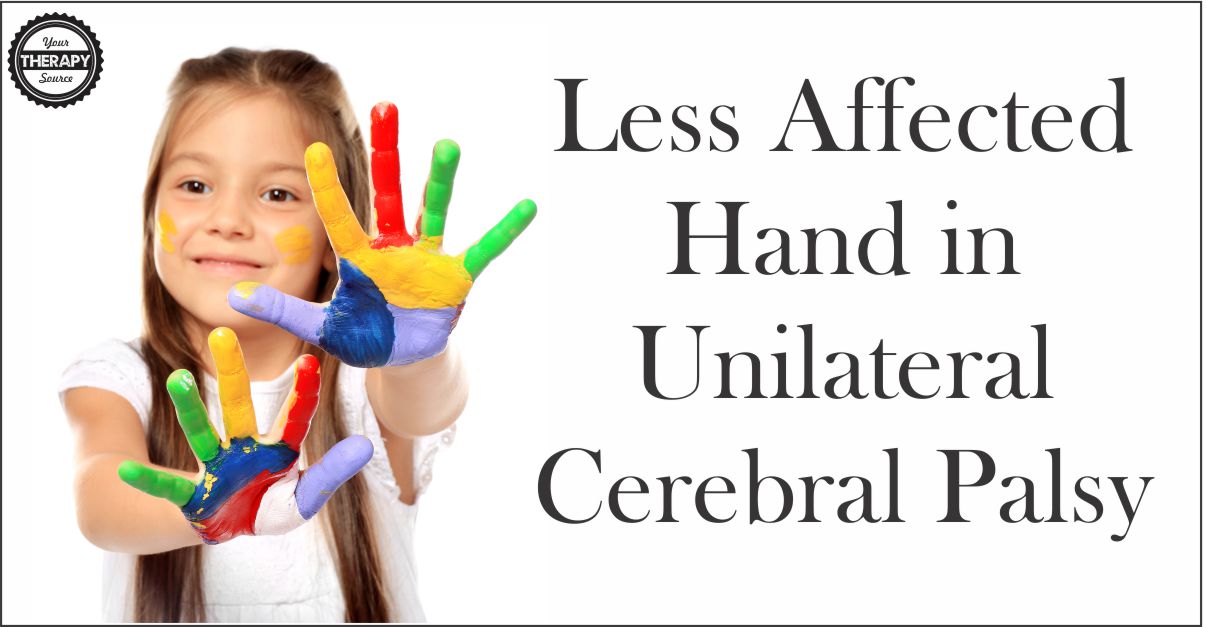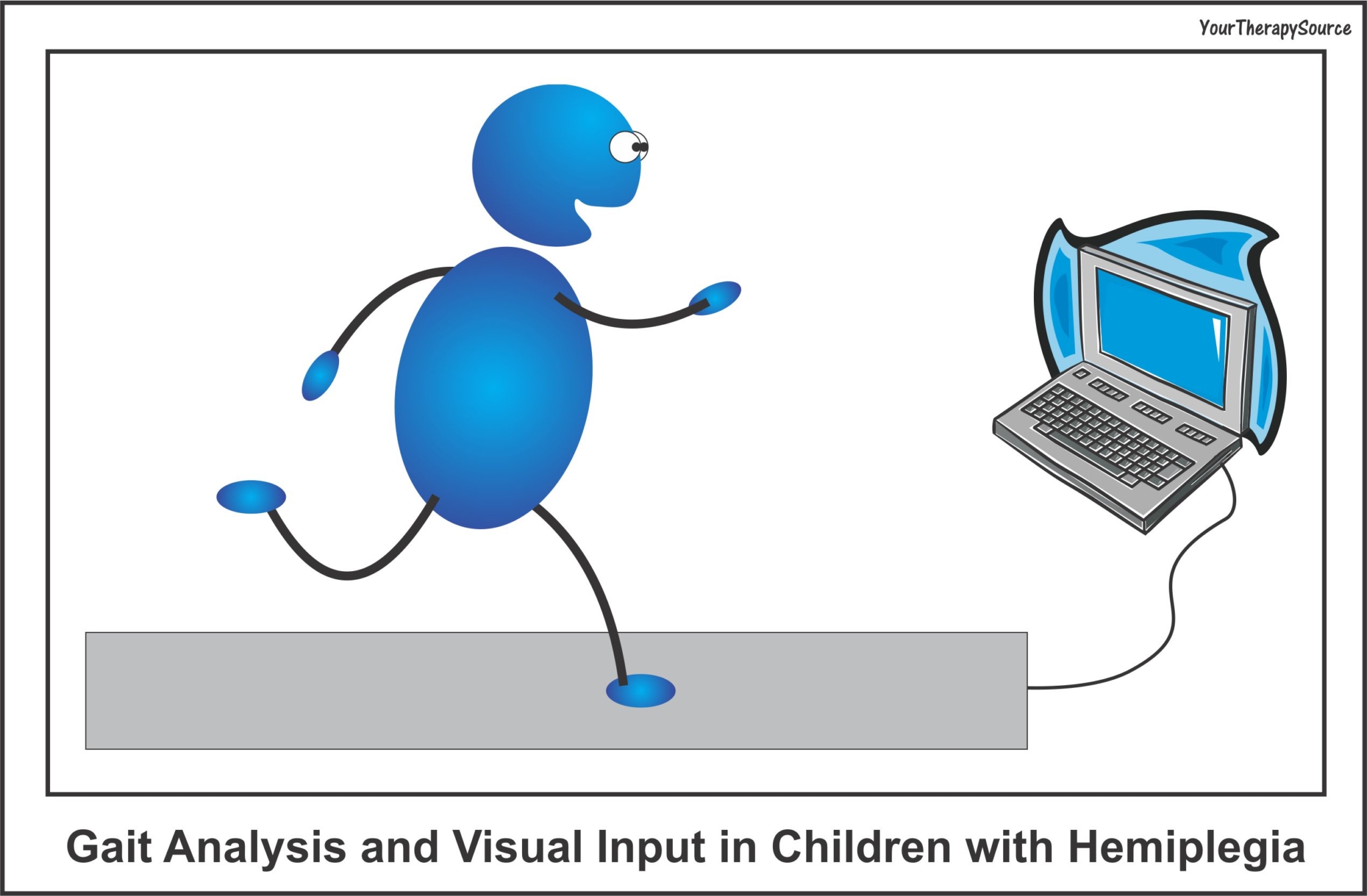Less Affected Hand in Unilateral Cerebral Palsy
Less Affected Hand in Unilateral Cerebral Palsy When working with children who have hemiplegia, do you address the less affected hand in unilateral cerebral palsy? Or do you assume that the less affected hand is within normal limits for typical child development? Sometimes, the difference between the hands, gives the impression that the less affected […]


